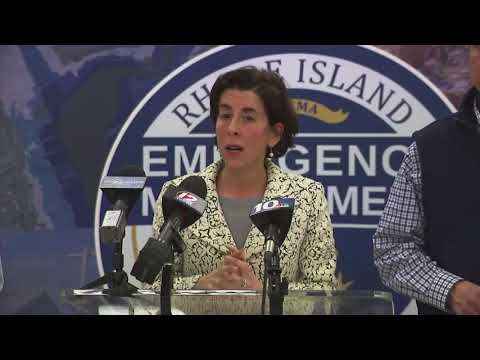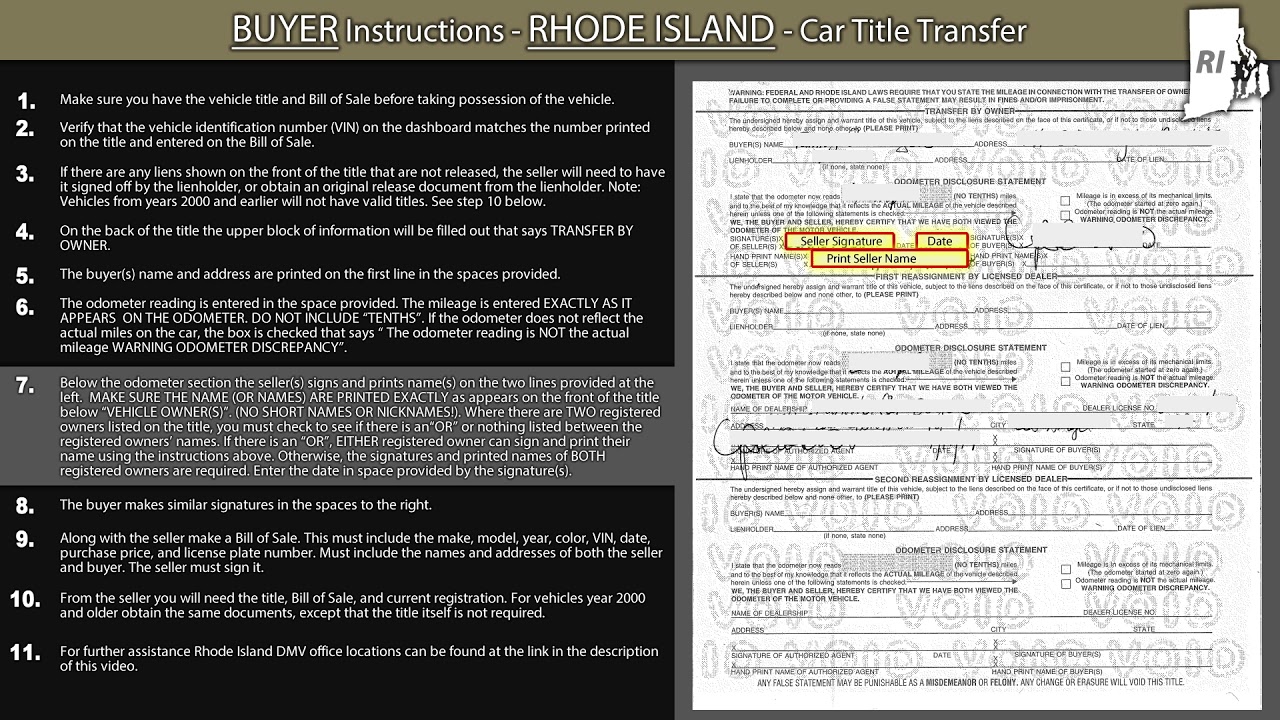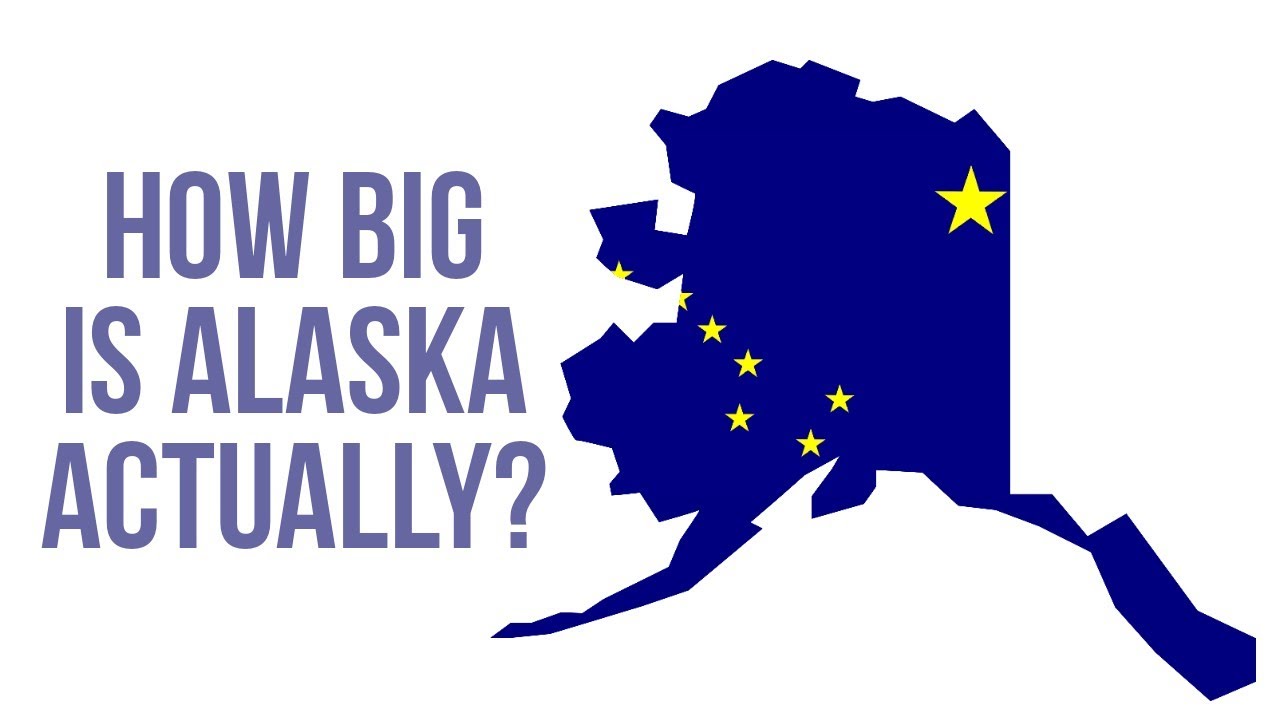Overview of Rhode Island’s State of Emergency
Rhode Island, the smallest state in the United States, has had its fair share of states of emergency throughout its history. A state of emergency is a declaration made by the governor to address a crisis or disaster situation, allowing for the implementation of immediate response measures. It grants authorities broader powers to protect the public and allocate resources efficiently. Understanding the concept and history of states of emergency in Rhode Island is crucial to comprehending the current situation and its implications.
Understanding the Concept of a State of Emergency
A state of emergency refers to a period when a government believes that immediate action is necessary to protect its citizens and maintain public order. It allows officials to take extraordinary measures that may not be available during regular times. These measures can include enforcing curfews, mobilizing emergency services, and implementing travel restrictions. States of emergency are typically declared in response to natural disasters, public health emergencies, or civil unrest.
Historical Context: Rhode Island’s Past States of Emergency
Throughout Rhode Island’s history, several states of emergency have been declared. Notable examples include the Blizzard of 1978, where a state of emergency was enacted due to the severe snowstorm’s impact on daily life, and Hurricane Sandy in 2012, which led to a state of emergency to ensure coordinated response and recovery efforts. Each state of emergency has served as a reminder of the state’s vulnerability to various threats and the importance of preparedness and response.
Current Situation: Is Rhode Island Under a State of Emergency?
As of the time of writing, Rhode Island is not under a state of emergency. However, it is essential to stay informed about the current situation as circumstances can change rapidly. Constant monitoring of official sources such as the Rhode Island Emergency Management Agency and the Governor’s Office will provide the most up-to-date information regarding the state’s status.
The Role of the Governor in Declaring a State of Emergency
In Rhode Island, the governor has the authority to declare a state of emergency. This power allows the governor to allocate resources, activate emergency response teams, and coordinate efforts to protect the state’s residents. The declaration of a state of emergency is often made in consultation with state and local agencies, as well as input from experts and advisors. The governor plays a critical role in assessing the severity of a situation and determining the appropriate response.
Key Factors Considered in Declaring a State of Emergency
When a crisis arises, various factors are taken into account before declaring a state of emergency. The severity of the situation, the potential impact on public safety, the availability of resources, and the need for immediate action are key considerations. Additionally, consultations with experts, analyzing trends, and monitoring the progression of the event are crucial in determining whether a state of emergency is warranted.
Implications and Effects of a State of Emergency in Rhode Island
A state of emergency in Rhode Island brings about various implications and effects. It grants authorities the power to enforce emergency measures such as evacuations, curfews, and restrictions on certain activities. It also allows for the mobilization of resources and the activation of emergency response teams. Furthermore, a state of emergency may trigger federal assistance and funding to support recovery efforts.
Restrictive Measures Implemented During a State of Emergency
During a state of emergency, restrictive measures are often implemented to protect public safety and mitigate the crisis’s impact. These measures may include travel restrictions, closures of non-essential businesses, limitations on gatherings, and enhanced security measures. These actions aim to limit the spread of a disease, preserve public order, and ensure the efficient allocation of resources.
Rhode Island’s State of Emergency: Duration and Renewal
The duration of a state of emergency in Rhode Island varies depending on the specific circumstances. Once a state of emergency is declared, it remains in effect until the governor determines that the crisis has passed and the situation has stabilized. The governor has the authority to extend the state of emergency if necessary, ensuring that resources and measures remain in place for as long as needed.
Collaborative Efforts: State and Federal Response to Emergencies
In times of crisis, collaborative efforts between state and federal authorities are crucial. Rhode Island works closely with federal agencies such as the Federal Emergency Management Agency (FEMA) and the Centers for Disease Control and Prevention (CDC) to coordinate response efforts, share resources, and access additional support. These collaborations enhance the state’s capacity to respond effectively and efficiently to emergencies.
Public Response: How Rhode Islanders Are Affected
States of emergency have a direct impact on the lives of Rhode Islanders. The implementation of restrictive measures and the activation of emergency response teams can disrupt daily routines and cause inconvenience. However, these measures are essential for safeguarding public safety and minimizing the crisis’s effects. Rhode Islanders are encouraged to stay informed, follow official guidelines, and support each other during these challenging times.
Conclusion: Reflection on Rhode Island’s State of Emergency
Rhode Island has demonstrated its ability to respond and adapt to emergencies throughout its history. The state’s past experiences have shaped its preparedness and response strategies, allowing for effective coordination and resource allocation during times of crisis. Understanding the concept and history of states of emergency is crucial in comprehending the current situation and the implications it may have on the lives of Rhode Islanders. By staying informed and united, the state can overcome any future challenges it may face.





